How to Stop Your Foundation From Oxidizing
Welcome to our Ask Beautyeditor column, where our experts answer your hair, skin and makeup questions. To request makeup advice:
- Email [email protected] with “Makeup Question” in the subject line.
- Briefly describe your makeup issue.
Please note: All photos will be published.
Q: I wear All Day Luminous Foundation and it looks good on my skin, but after two hours, my face gets very dark—around two to three shades darker. I have dry skin but an oily T-zone.
Every foundation I try, it's the same thing after two hours. Also, my face dries out and my skin feels flaky and dry. Could you please advise something? Thank you — Nisha
A: Nisha, the problem you're describing is a chemical reaction known as “oxidation.”
Just like apples and other fruit will turn brown when exposed to the oxygen in the air, foundation can turn a shade or two darker (or more orange) on your skin over the course of the day.
There's no single ingredient that is the culprit behind oxidation; rather, it has to do with how the oils and pigments react with your skin's natural oils, acidity level and the humidity in the air.
Here a few ideas for how to stop a foundation from oxidizing:
Use a Primer
A primer will create a barrier between your skin and the foundation, which should help prevent it from reacting with your natural oils.
If you have combination skin, consider using an oil-controlling primer on your T-zone and a hydrating primer on the rest of your face.
Make Up For Ever has an amazing new line of primers (reviewed here). Their Mattifying Primer would be great for your T-zone, with the Nourishing Primer on dry cheeks.
Related:Make Up For Ever's 10 New Primers Solve Every Possible Texture and Tone Concern
I also love Becca Ever-Matte Poreless Priming Perfector, reviewed here—it's by far the most mattifying primer I've ever come across, so be careful to only put it on oil-prone areas.
Related:The Best Primer I've Ever Found For Oily Skin
Although I'm personally not a fan of silicones (more on that below!), some makeup artists think silicone-based primers form the best barrier to minimize the oxidation process. The primers above are made with silica, but a silicone formula I've had good luck with over the years is the Hourglass Veil Mineral Primer.
Blot Your Skin
After you apply your primer, take a half-ply of clean tissue and use it to blot your face. Do this again after applying your foundation—it will remove any excess oils and moisture to help the colour to stay true.
Set Your Makeup
After you've applied your foundation, set it with a translucent setting powder. This will help lock the makeup in place and absorb any remaining oils that might trigger oxidation. You can also re-apply your setting powder throughout the day.
I think pure silica powder is the best way to go, as talc formulas can dry out the skin and look cakey, especially if you're touching up with additional layers. You can't go wrong with Make Up For Ever HD Microfinish Powder or RMS Beauty “Un” Powder, applied with a powder puff.
Related:The Best Powder For Setting Your Makeup (and How To Use It)
Another option is setting spray, which you mist all over your face as the last step in your makeup. Urban Decay All-Nighter Long-Lasting Makeup Setting Spray works by lowering the temperature of your makeup to keep it looking freshly-applied.
Try Tinted Moisturizer
If you're finding that most foundations oxidize on you, consider using tinted moisturizer, BB cream or CC cream instead. Since they're not as pigmented, there's less chance that the colour will change on you—plus, they'll hydrate your dry skin at the same time.
If you're worried that tinted moisturizer won't provide enough coverage, check out Laura Mercier Tinted Moisturizer—it's still one of the best formulas out there, and I think its coverage level is comparable to a light-to-medium coverage foundation.
For any imperfections/blemishes you still need to cover up after that, try spot concealing (or “pinpoint concealing,” as Lisa Eldridge calls it). Use a tiny brush—I like retractable lip brushes—and an opaque full-coverage concealer such as Make Up For Ever Full Cover Concealer. This allows you to get away with a sheerer skin finish, but still hide any discolourations.
Buy a Lighter Foundation Shade
If you've found a foundation formula you really love, it might be worth getting it one to two shades lighter so that when it oxidizes, you have a perfect match to your skin tone. This requires some trial and error, of course, and you'll have to adjust your schedule to wait for the oxidation process to happen. However, it's an option to consider if you can't find anything that doesn't change colour on you.
Go Oil-Free
Nisha, I know you're already using an oil-free foundation and it's oxidizing. However, others might have luck switching to an oil-free formula, as fewer oils might mean less chance of an oxidative reaction on your skin.
Related:The New NARS Foundation Gives Armani Some Serious Competition
Re-Think Your Skincare
Heavy creams can be a culprit behind oxidized foundation by leaving too much moisture on the skin and/or encouraging your skin to produce more oil. If your T-zone is truly oily, then you can probably get away without any moisturizer there—or at least switching to a hydrating serum or lightweight oil-free lotion (with something more nourishing on your cheeks).
Related:Do You Really Need To Moisturize?
As everyone who reads this blog knows, my favourite light hydrator for ALL skin types is Consonant HydrExtreme.
Related:The Best Natural Hydrating Serum
On the other hand, it's possible that your skin is dehydrated, which can cause rebound oil production. If there's a chance that you're stripping your skin by over-cleansing or over-exfoliating (and then not replenishing that moisture), try switching to a gentler routine to see if that helps with the dryness and excess oil.
As for silicones, I'm cautious. Although they can give your skin a temporarily smoother appearance, they can accumulate in the pores, which interferes with the skin's natural regeneration process—this can lead to dry, dehydrated skin. (The same goes for mineral oil and petrolatum.) Consider investing in a silicone-free moisturizer (and even silicone-free foundation, such as Sappho Organics Liquid Foundation), to see if that helps your skin get back into balance.
Related:The Best Natural, Organic Liquid Foundation
Balance Your pH
One more idea for your skincare routine is apple cider vinegar (ACV) as a toner. Since oxidation can be triggered by skin with an acidic pH level, you could try balancing it with the ACV. (Note: According to Dr. Karen Hammerman, a New York dermatologist, “Skin is naturally acidic but when vinegar is used as a toner, it helps skin find the ideal balance between dry and oily.) Make sure to dilute it, though—say, one part vinegar to two parts water—and apply with a cotton pad.
I hope this helps, Nisha!


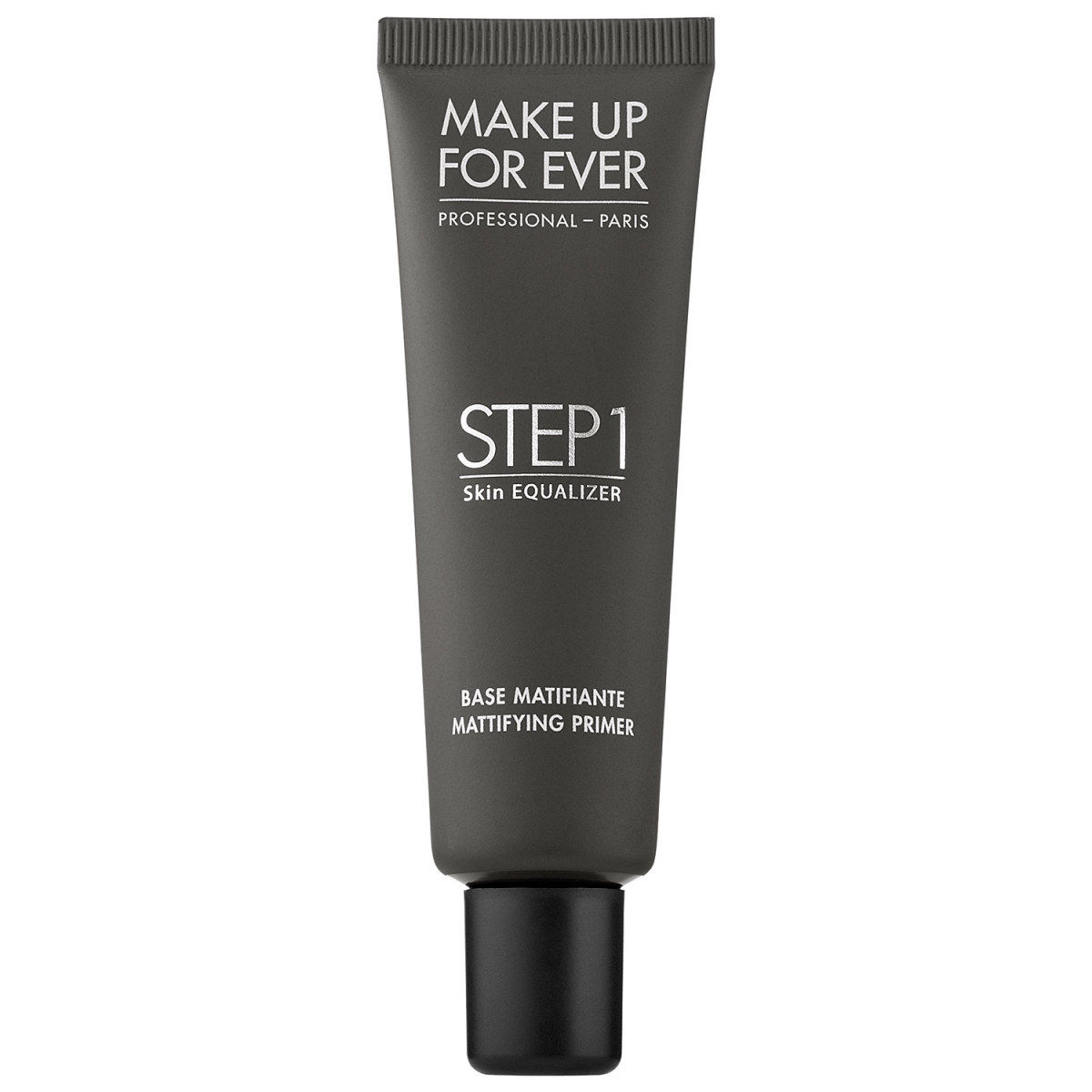
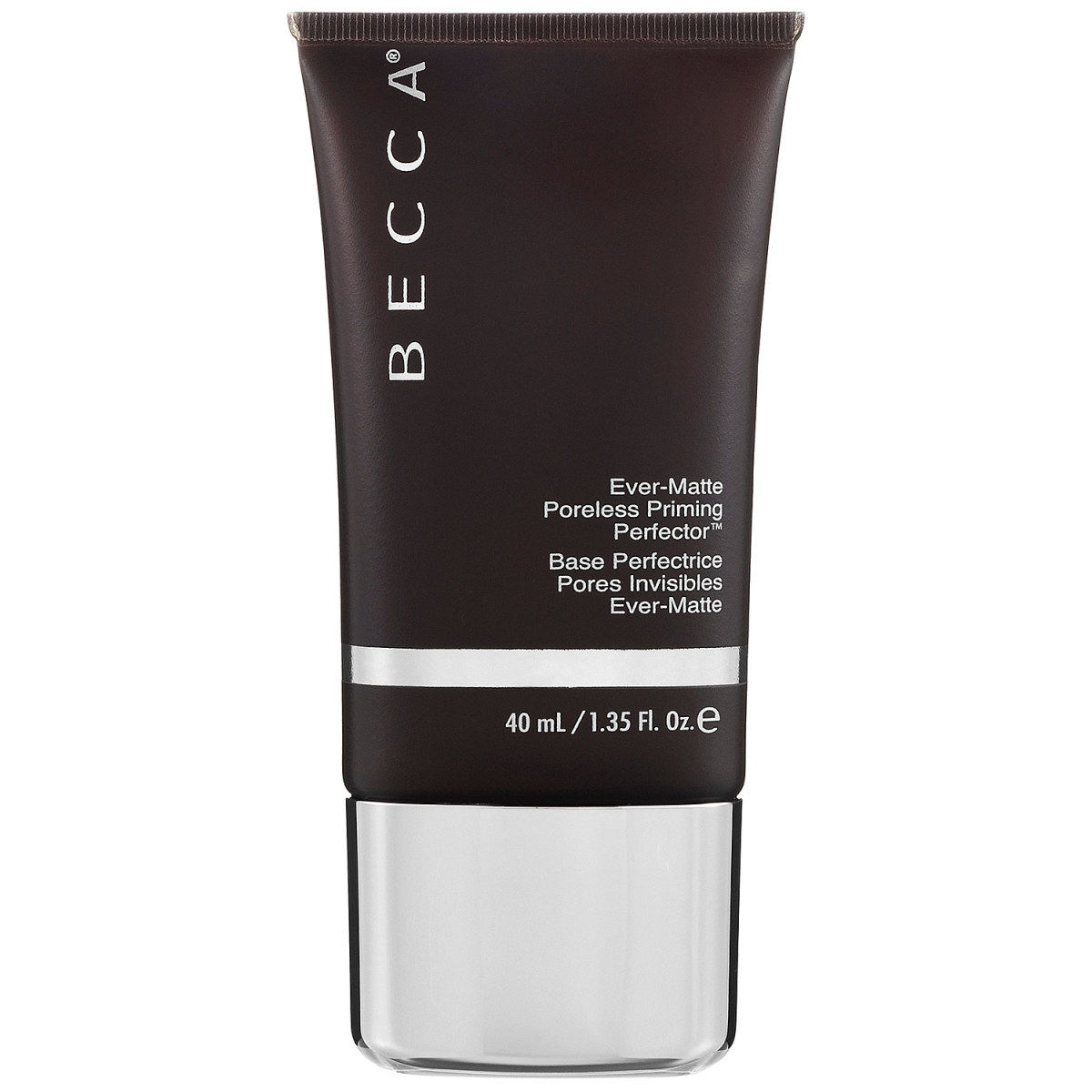
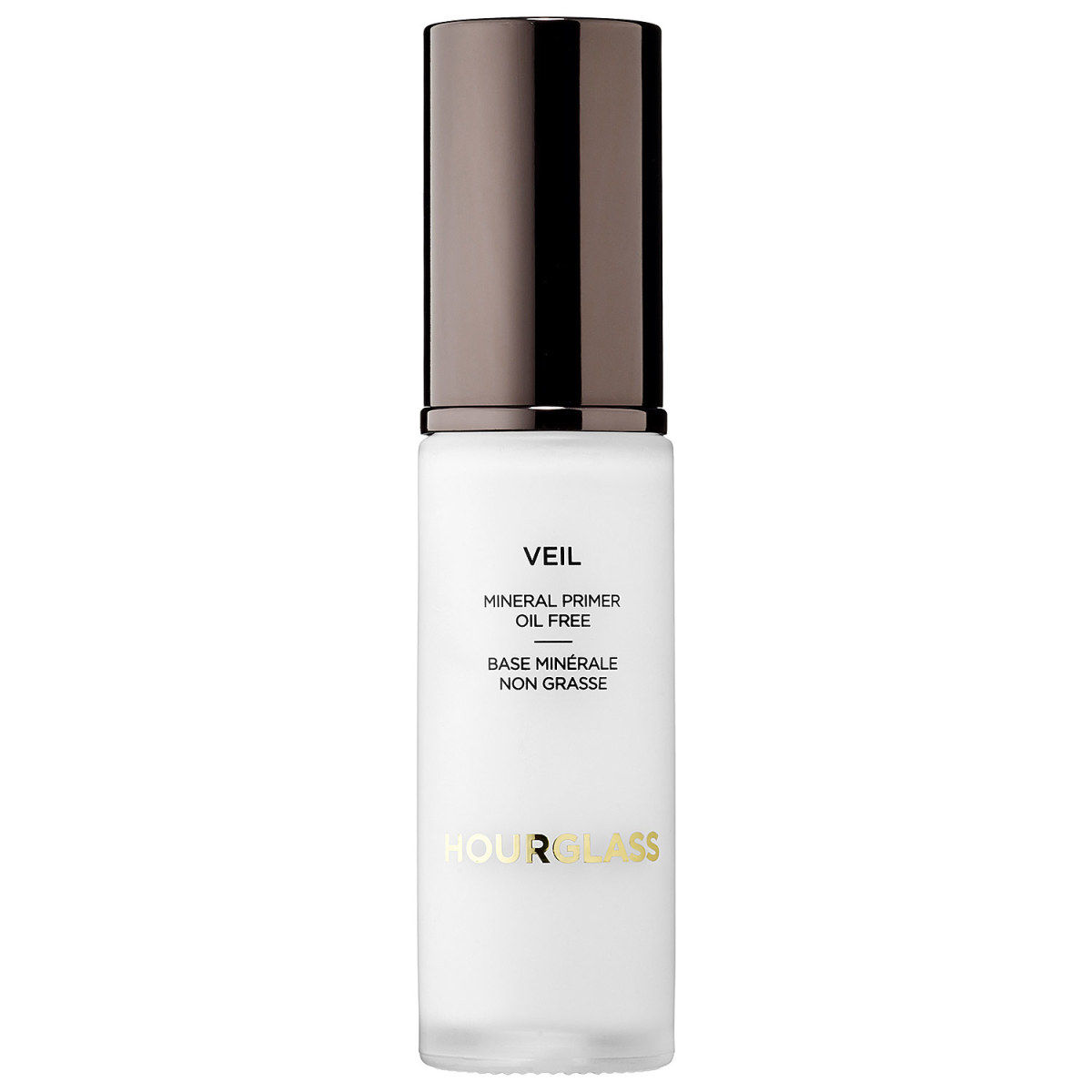

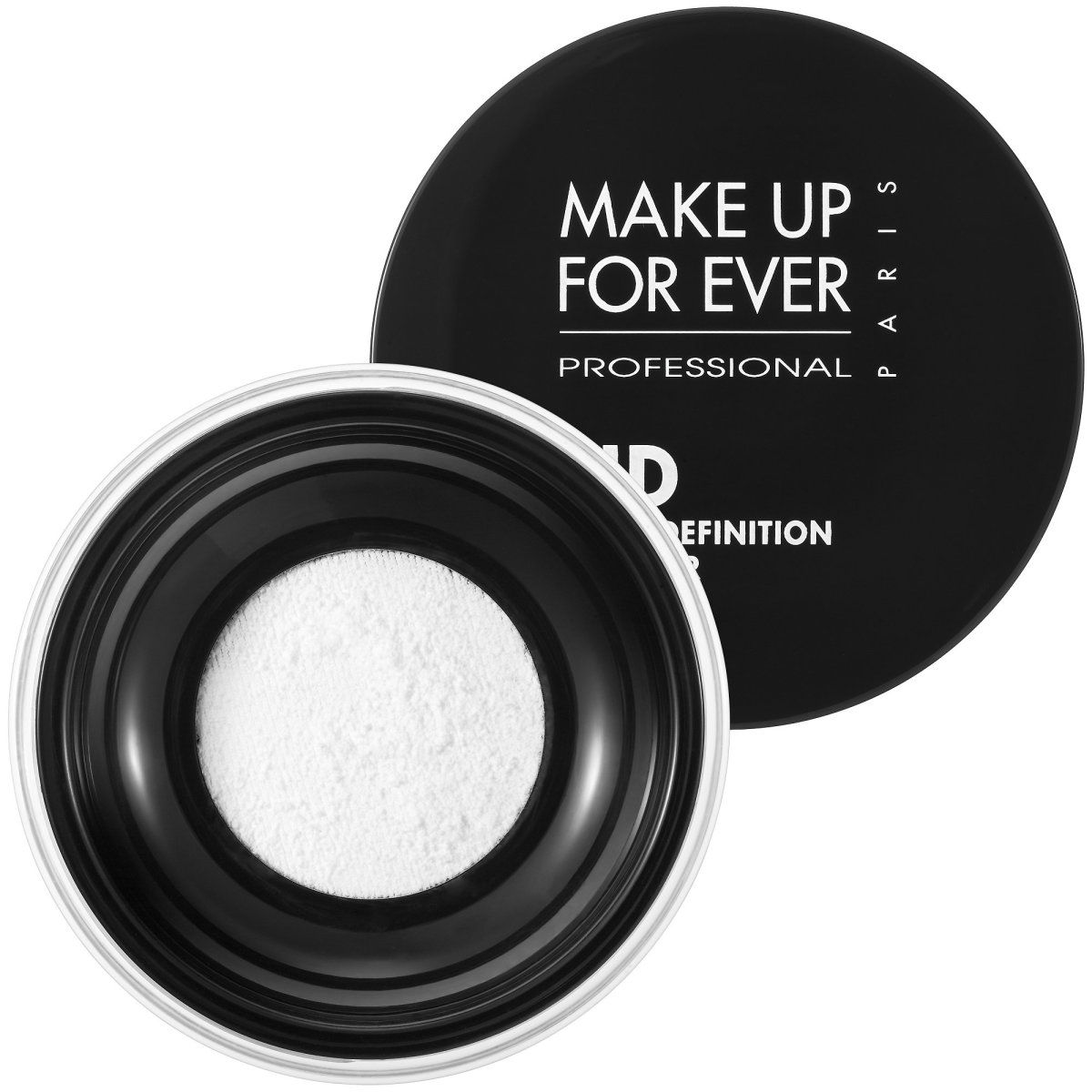
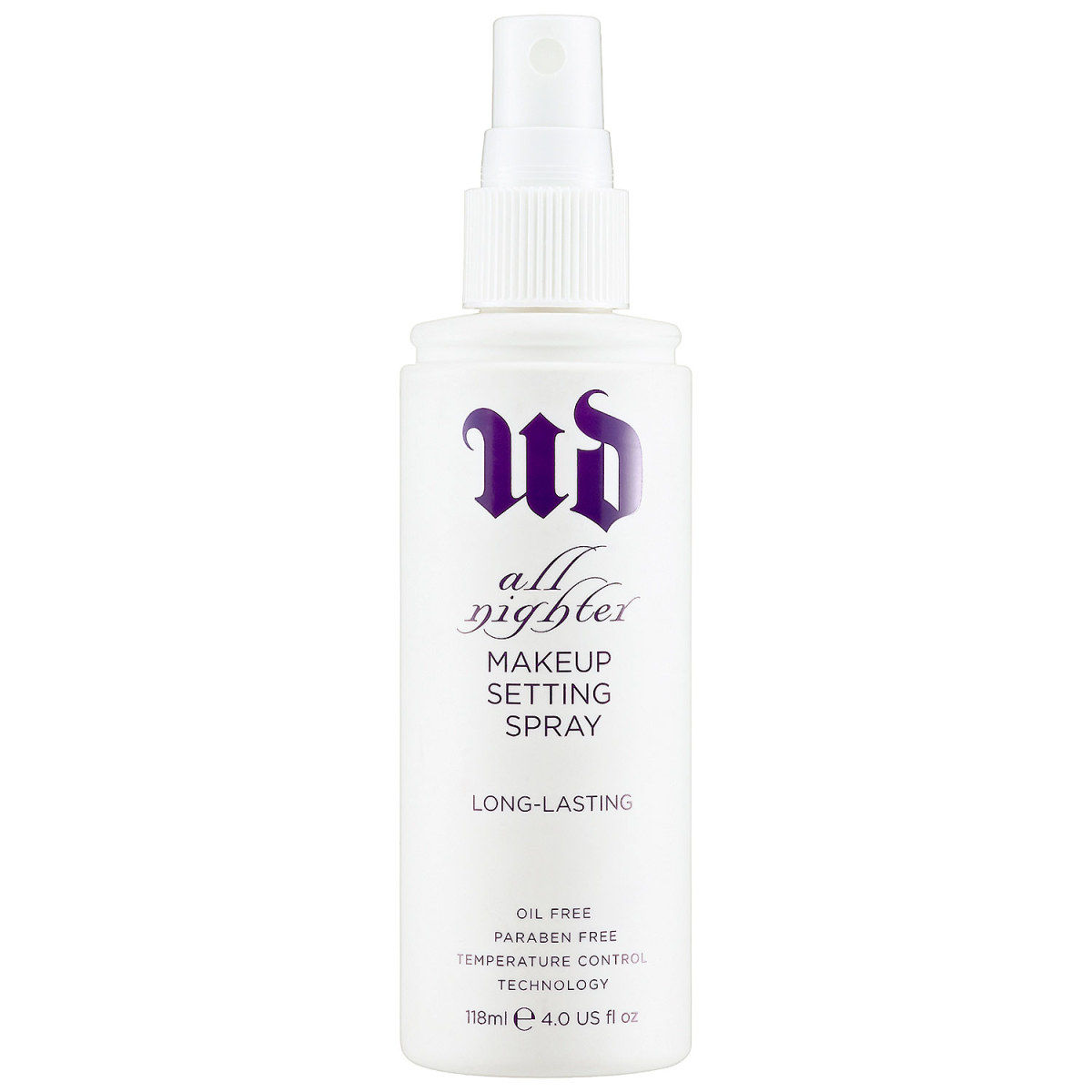
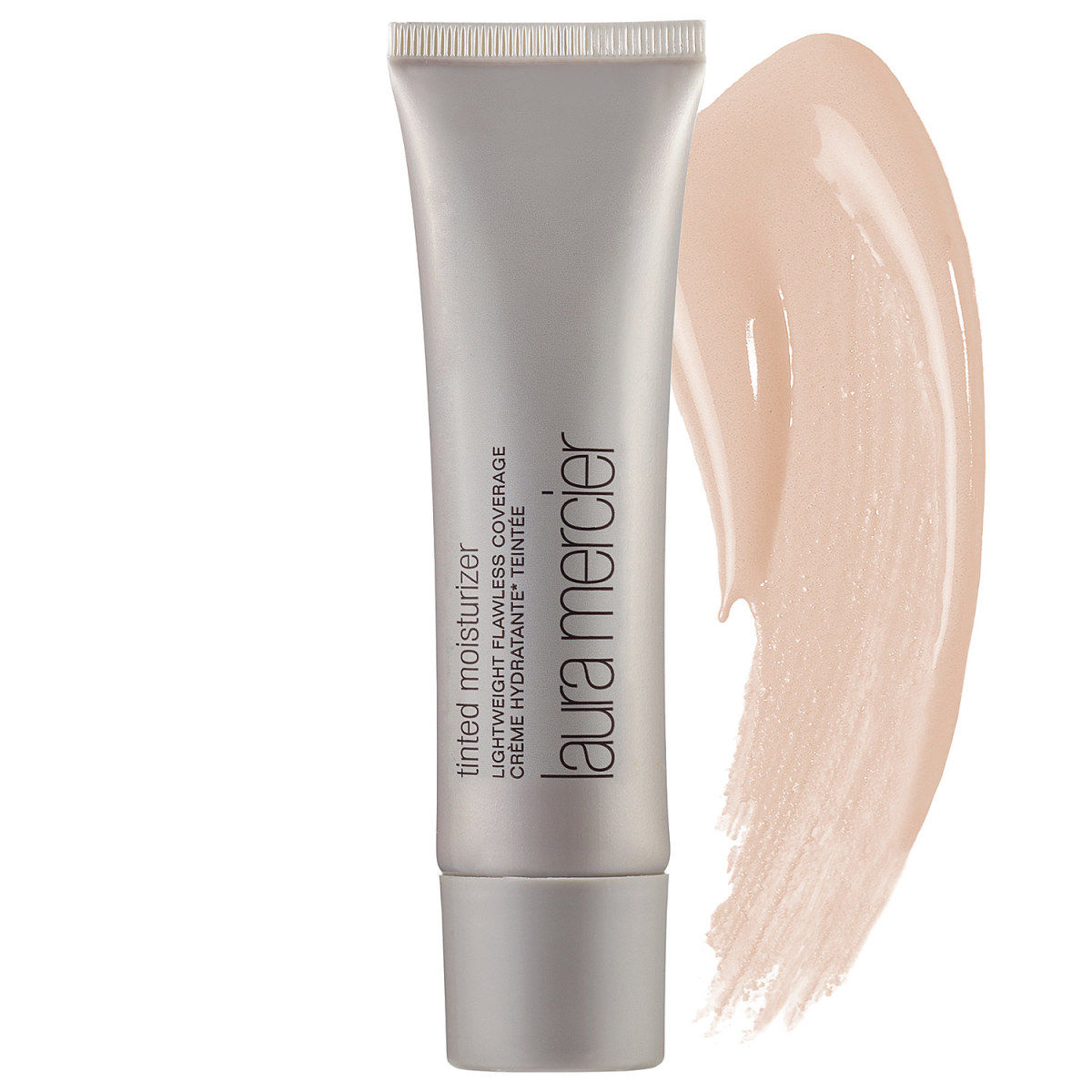
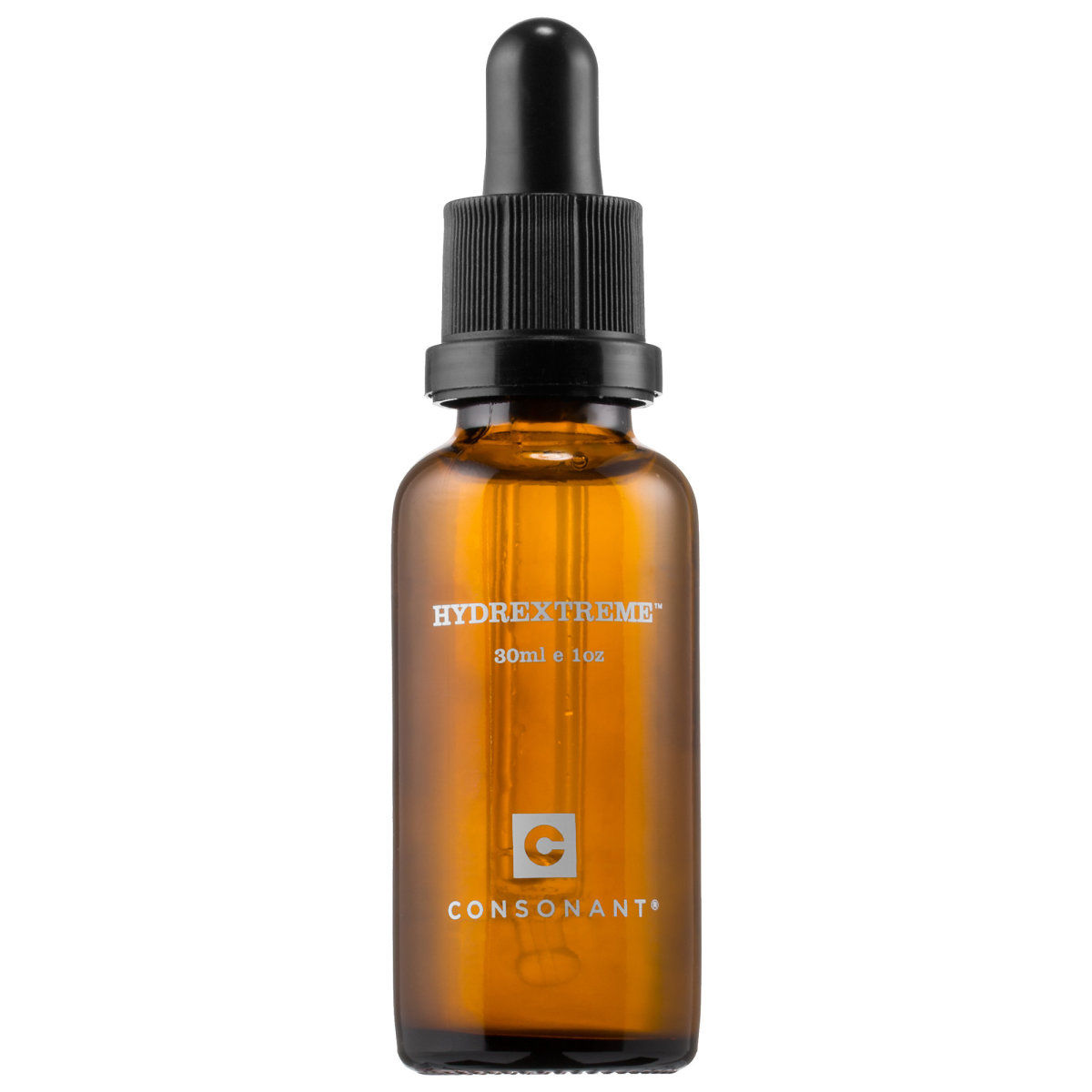

25.06.2023 @ 00:51
delta 8 carts and pen
30.11.2023 @ 19:34
delta 8 fact & fiction
02.12.2023 @ 19:56
delta puts 8 seats across in 737
28.06.2024 @ 11:00
I enjoyed the humor in your piece! For further reading, check out: FIND OUT MORE. Let’s discuss!